
The Strengths of Traditional Photography
Traditional photography has long been celebrated for its ability to capture raw, authentic moments. The skill of a photographer lies in their ability to:
- Compose shots with artistic vision
- Manipulate light and shadow
- Connect with subjects to evoke genuine emotions
- Tell compelling stories through visual narratives
These elements form the core of what makes photography an art form, and they remain irreplaceable by AI.

The AI Advantage
AI brings its own set of powerful capabilities to the table:
- Rapid image processing and enhancement
- Advanced noise reduction and sharpening
- Intelligent object removal and addition
- Style transfer and creative filters
These AI-driven tools can significantly streamline post-processing workflows and open up new creative possibilities.
The Power of Collaboration
When traditional photography and AI work together, the results can be truly remarkable. Here’s how this collaboration can enhance the photographic process:
- Efficient Workflow: AI can handle time-consuming tasks like culling and basic edits, allowing photographers to focus on creative decisions.
- Enhanced Creativity: AI tools can suggest composition improvements or generate multiple variations of an image, inspiring new artistic directions.
- Improved Technical Quality: AI algorithms can help overcome technical limitations, such as low-light situations or motion blur.
- Expanded Possibilities: AI can assist in creating images that were previously impossible or extremely difficult to capture traditionally.

Embracing the Future
As we look to the future, it’s clear that AI will play an increasingly significant role in photography. However, this doesn’t mean the end of traditional photography. Instead, we’re entering an era where the two can complement each other, creating a new hybrid form of visual art.
At Winno Dream Imaging, we’re excited about the possibilities this collaboration brings. We’re committed to harnessing the power of AI while preserving the human touch that makes each photograph unique. Our approach combines cutting-edge technology with traditional photographic expertise to deliver exceptional results for our clients.
The Human Element Remains Crucial
While AI can perform many tasks with incredible efficiency, it’s important to remember that the most powerful tool in photography is still the human behind the camera. AI can’t replicate the photographer’s:
- Emotional intelligence and ability to connect with subjects
- Intuitive understanding of cultural and social contexts
- Creative vision and unique artistic style
- Ethical judgment in capturing and editing images

Conclusion
The integration of AI into photography isn’t about replacing human creativity; it’s about augmenting it. By embracing this technology, photographers can push the boundaries of their art, create more efficiently, and explore new realms of visual expression.
At Winno Dream Imaging, we’re at the forefront of this exciting convergence. We invite you to join us in exploring the limitless possibilities that arise when human artistry and artificial intelligence come together. Whether you’re a professional photographer looking to streamline your workflow or a business seeking cutting-edge visual content, we’re here to help you harness the best of both worlds.
The future of photography is a collaborative one, where AI and human creativity work in harmony to create images that captivate, inspire, and push the boundaries of what’s possible. Let’s embrace this future together and create visual stories that resonate in ways we’ve never imagined before.

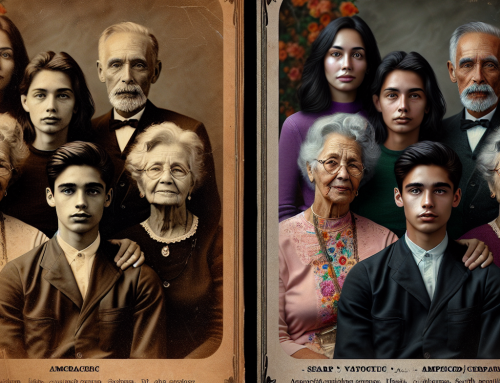
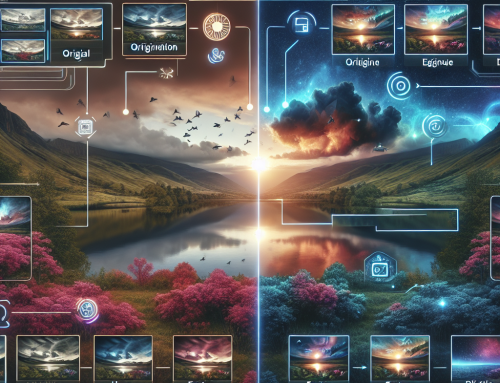
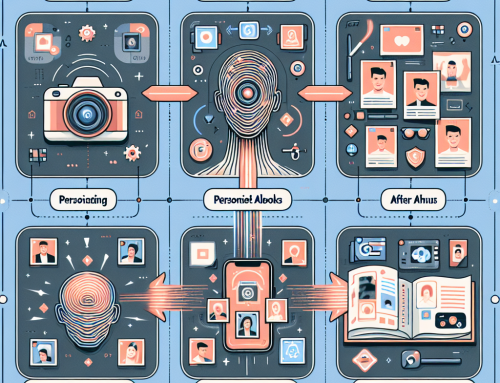
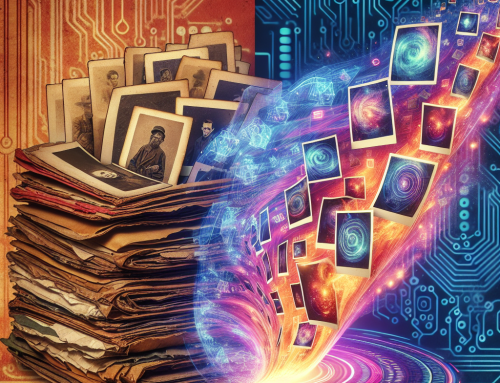
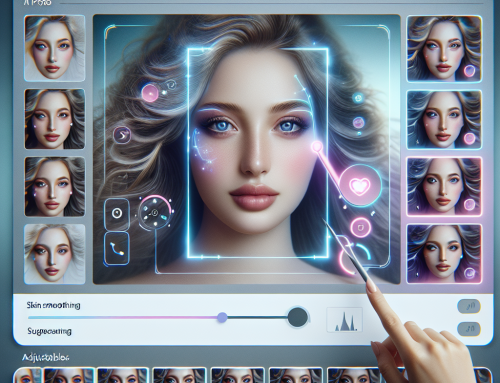
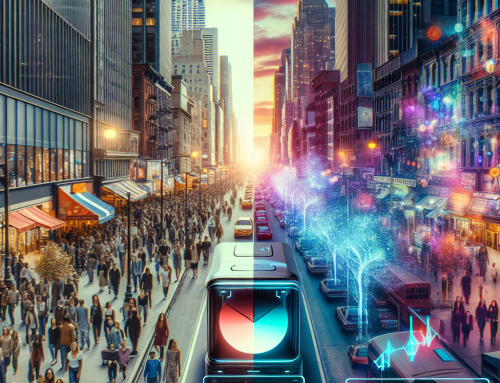
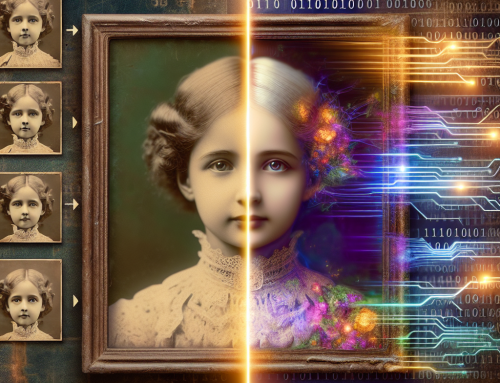
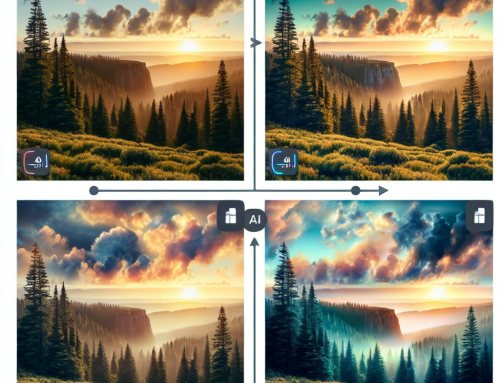
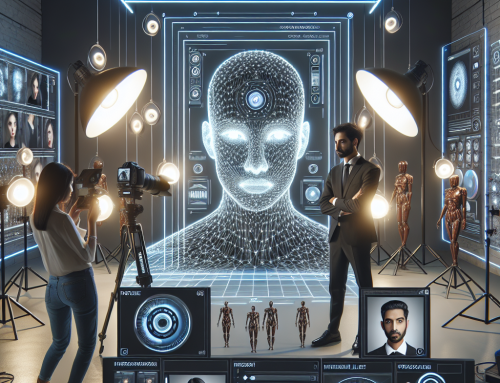
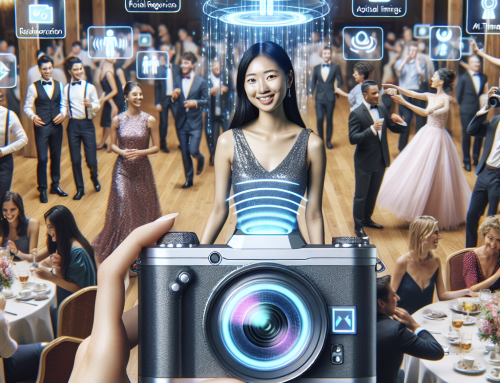


Leave A Comment